
Using Specialty Malts to Build Character in Spirits
Distillers can tap into the same kinds of flavorful malts that brewers commonly use to build additional flavor and complexity into their whiskeys.
18 articles in this category

Distillers can tap into the same kinds of flavorful malts that brewers commonly use to build additional flavor and complexity into their whiskeys.
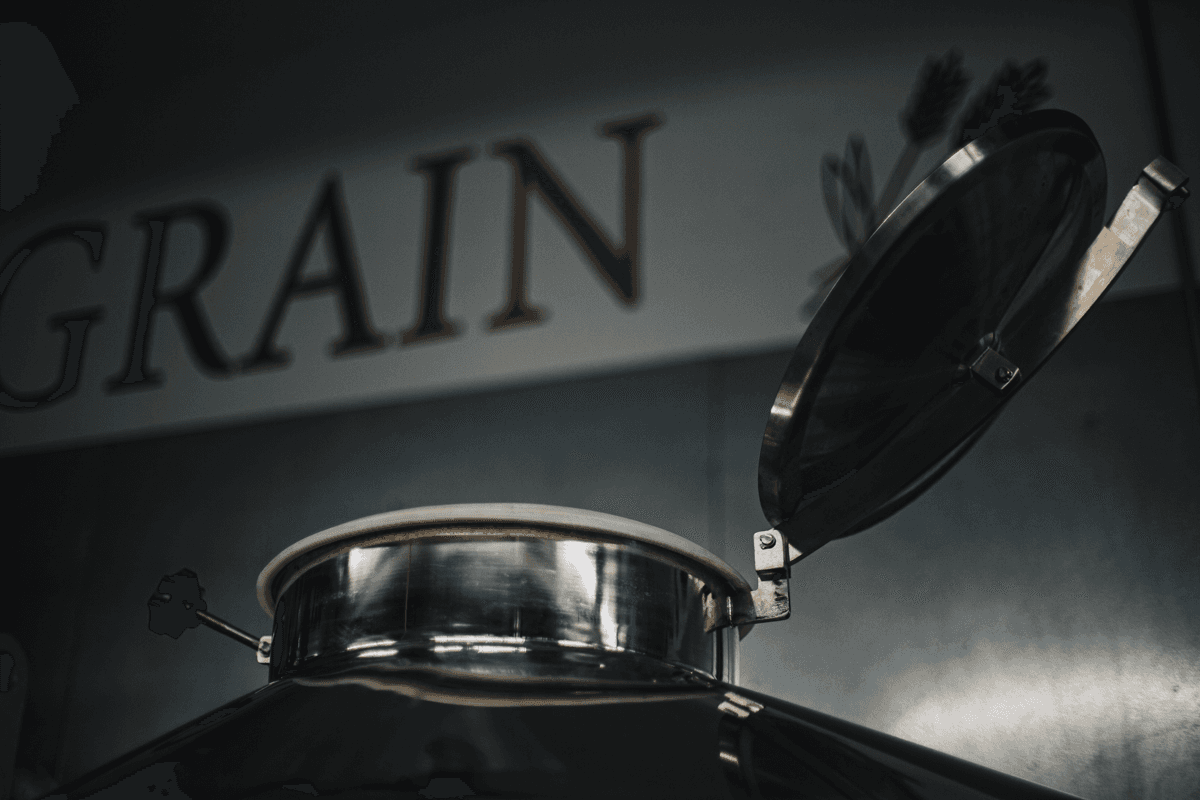
There’s an important fork in the road to creating an American single-malt whiskey: Will you produce it on-grain or off-grain? That single decision has a major impact on the whiskey’s character, the equipment you’ll need, and the shape of your waste streams.
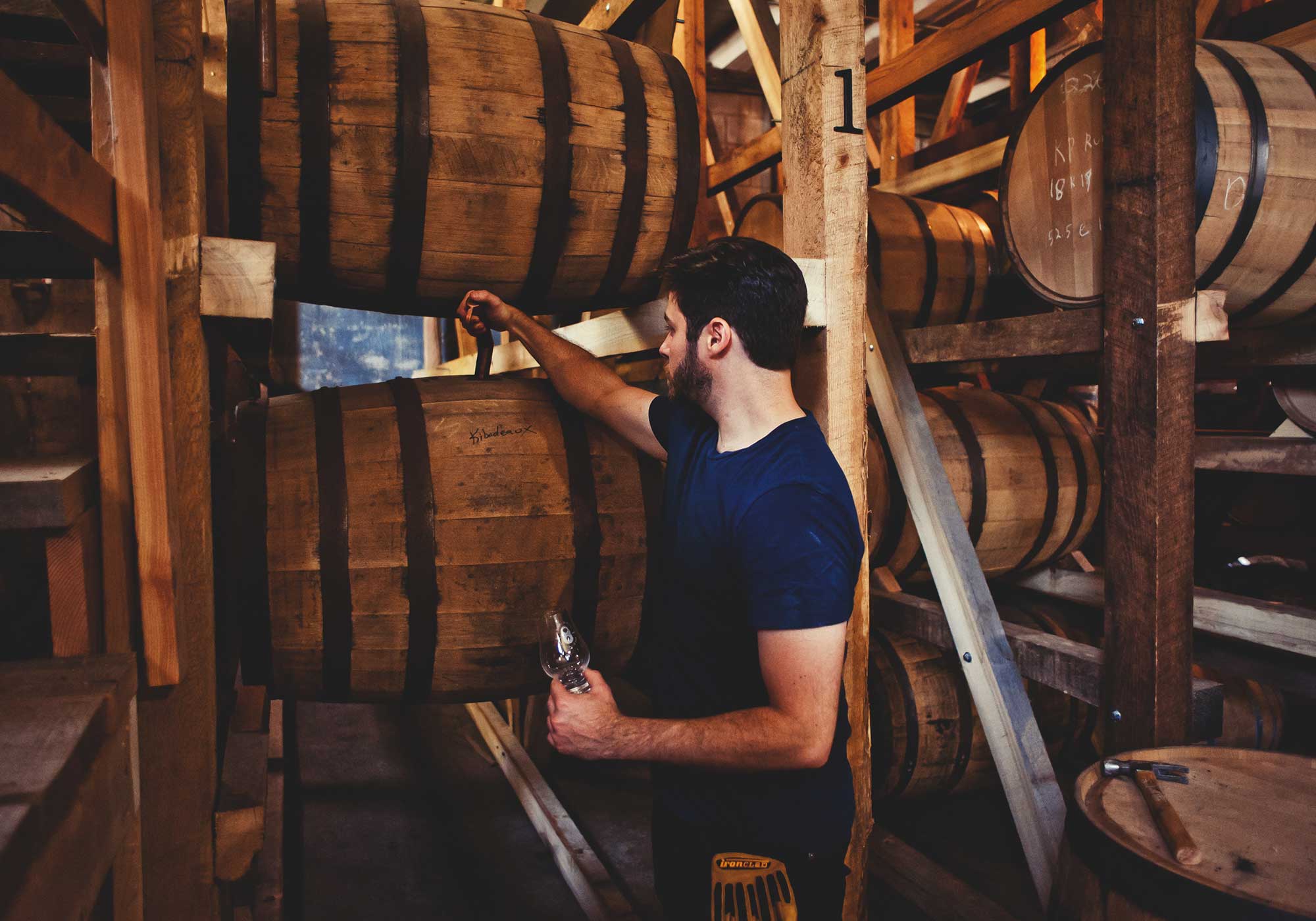
In Chicago’s south suburbs, a stone’s throw from one of the world’s largest quarries, Ari Klafter is building a brand focused on single-malt whiskey—and he’s done just about everything else along the way, including rum, gin, vodka, and a line of Kosher for Passover spirits. As told to Ryan Pachmayer.

The TTB has announced the new style designation for American single-malt whiskey—an achievement years in the making, and one that distillers expect to open new doors.

The head distiller and blender in Tucson, Arizona, is embracing the scorching desert climate and local flavor—namely, mesquite-smoked malt—to craft distinctive whiskeys while making transparency integral to the brand.
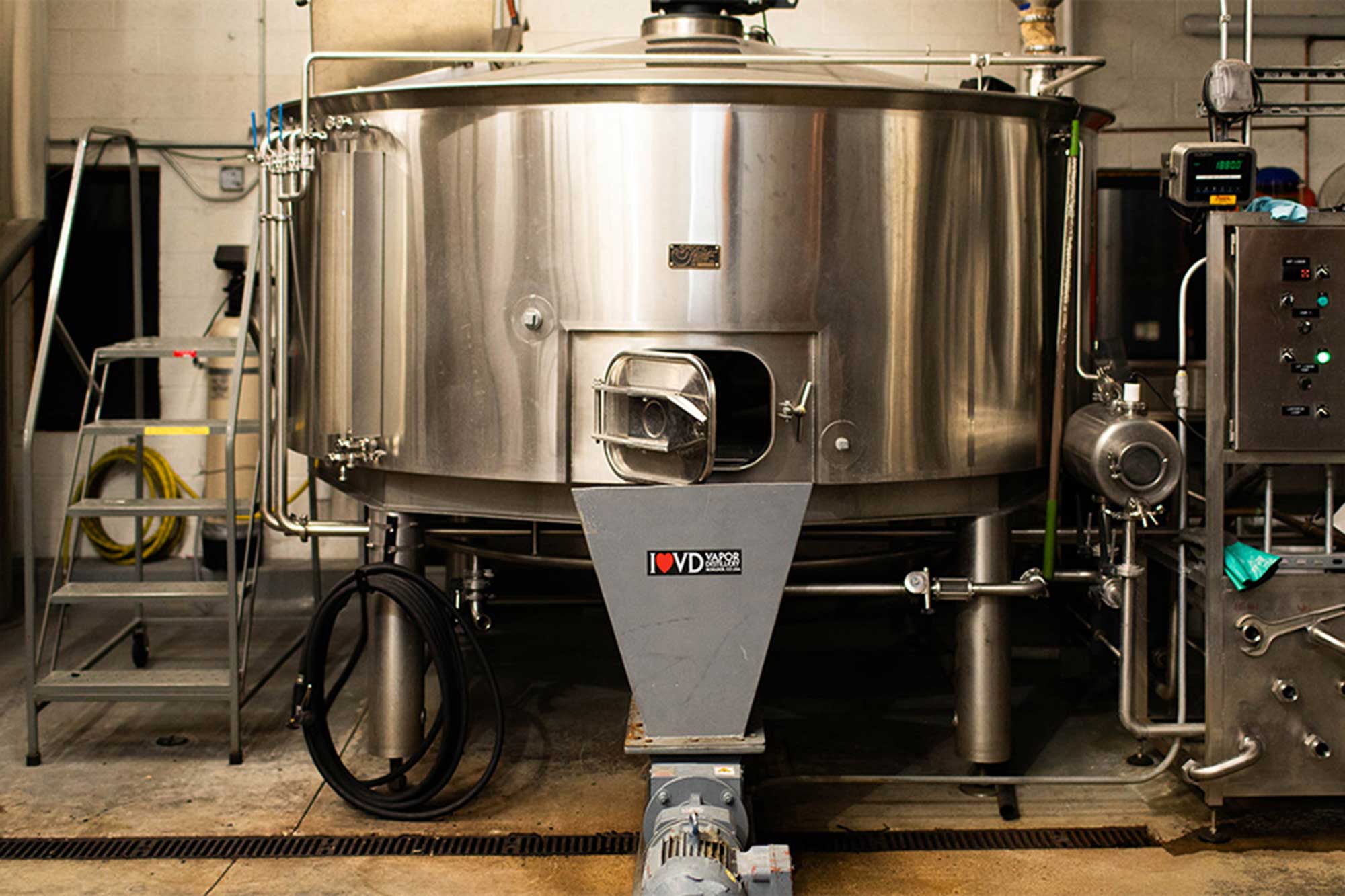
When you’re making whiskey, mashing can be more than a way to get fermentable sugars from the grain. Whatever process you use, there are control points you can use to influence the character of the final spirit.
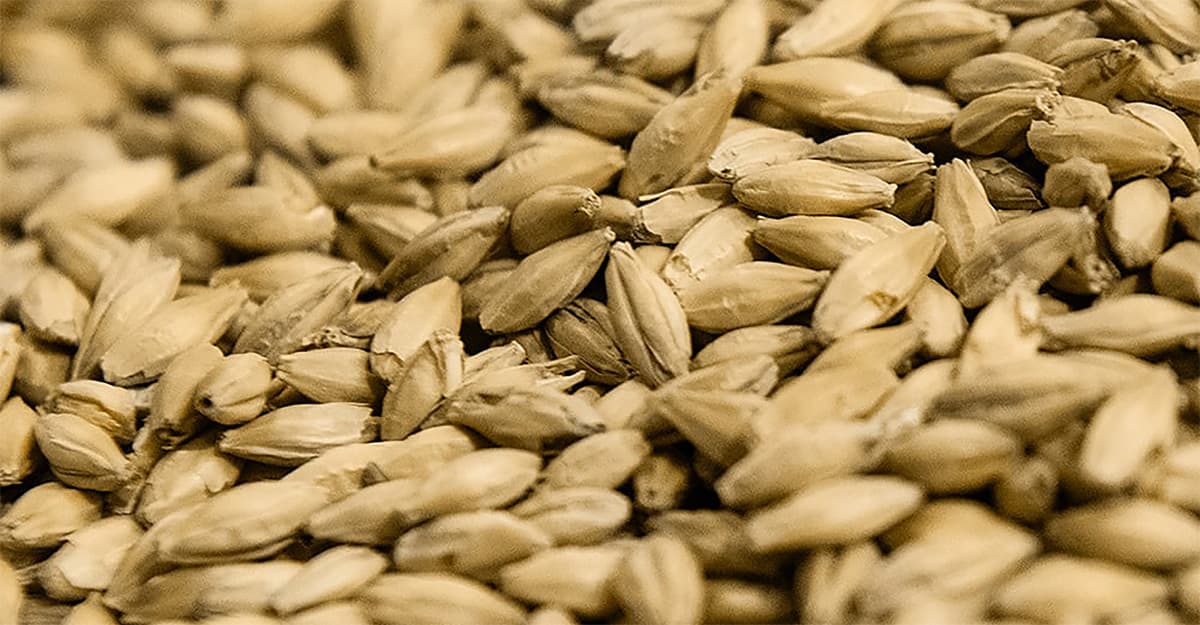
Don’t take that certificate of analysis for granted—the stats attached to your raw grain or malt can make a big difference in how you ferment and distill a consistent, quality spirit. Here’s what to know.
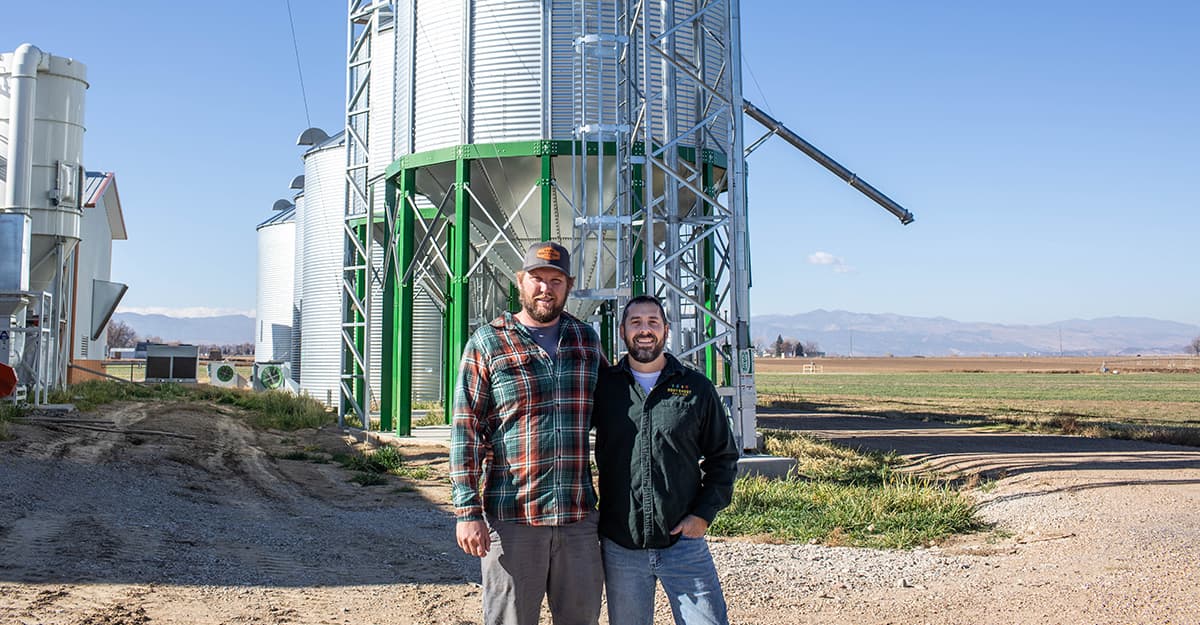
No two barleys are identical, so the maltster must adjust. Root Shoot head maltster Mike Myers explains how different varieties, harvests, and the weather all affect the process of making quality malt for distillers and brewers.

Root Shoot founder Todd Olander explains what they look for when selecting varieties and growing corn for craft distillers.
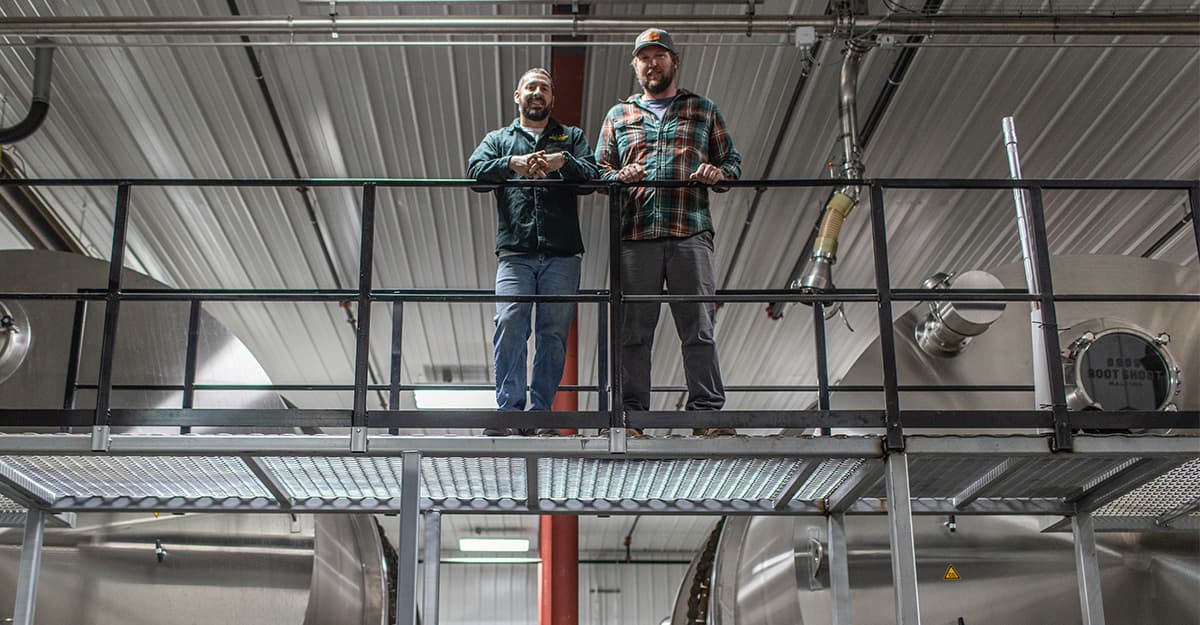
Root Shoot founder Todd Olander and head maltster Mike Myers discuss working with farmers and using their senses to get the best grains they can to make high-quality malts for distillers and brewers.
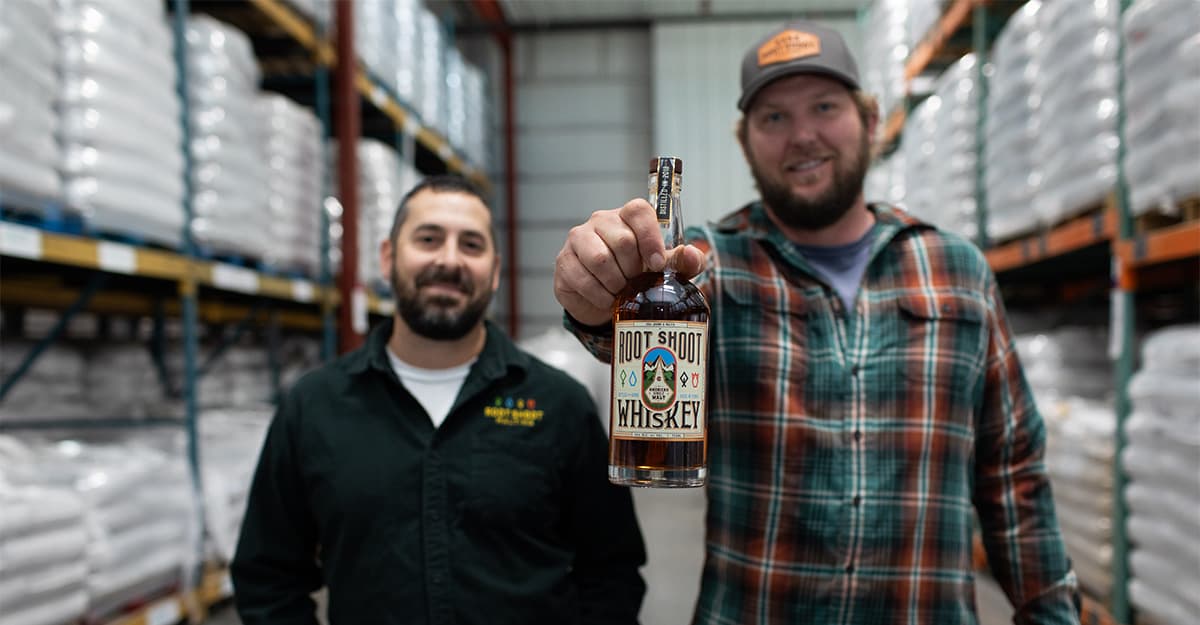
Root Shoot founder Todd Olander and head maltster Mike Myers describe the slow, careful germination process and the kilning temperatures involved in producing high-quality malt for distillers.

From whiskeys whose grains they can trace to specific Alberta fields to a wine program that feeds ports, brandies, and grappa, Bridgeland Distillery’s DIY flywheel is gaining momentum.
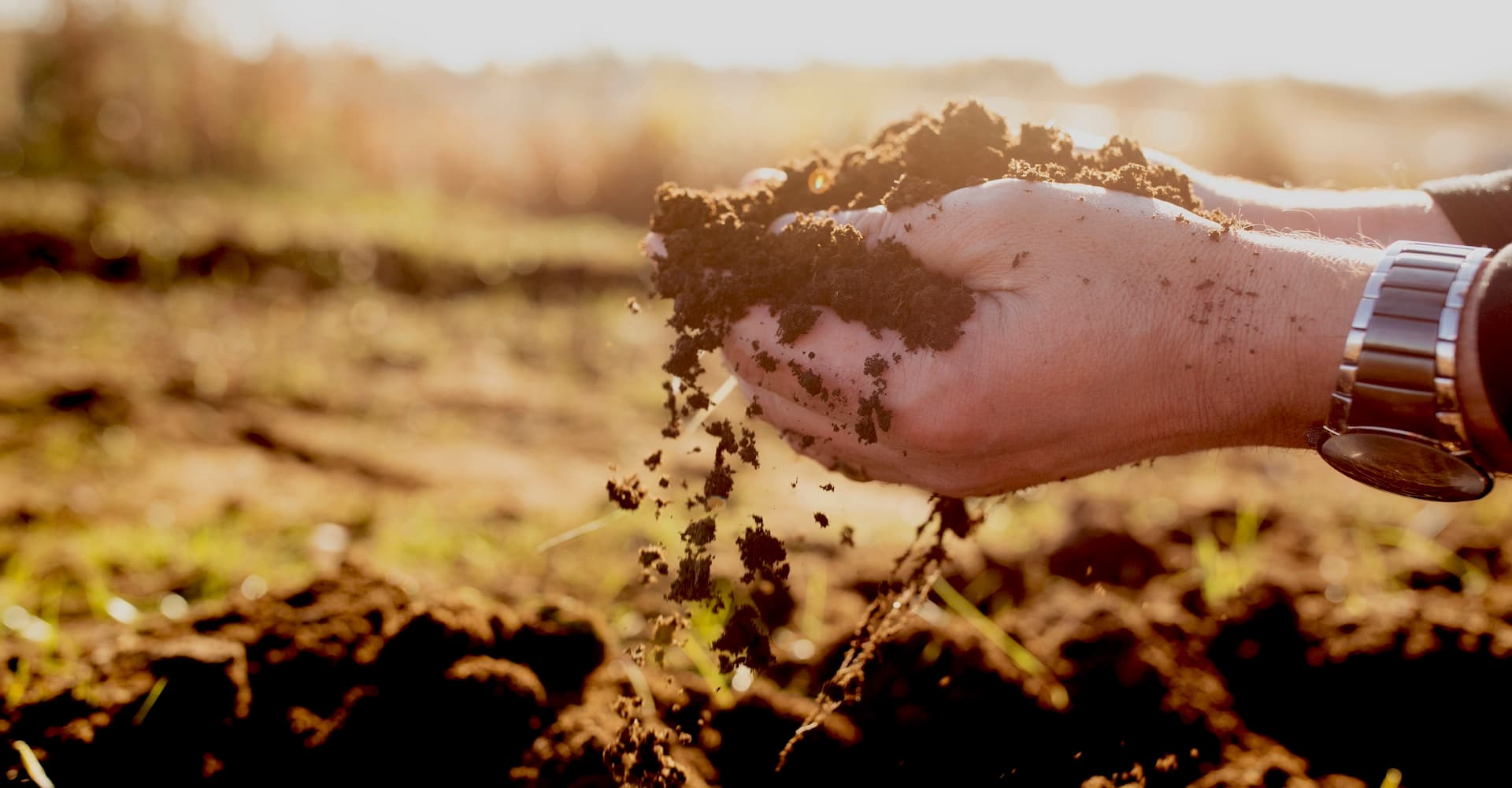
Granulated peat—pulled from American soil and driven by environmental concerns—is different from the peat moss traditionally used in the production of Scotch. At least one distillery is experimenting with cold infusions that add a different dimension to single-malt whiskey.
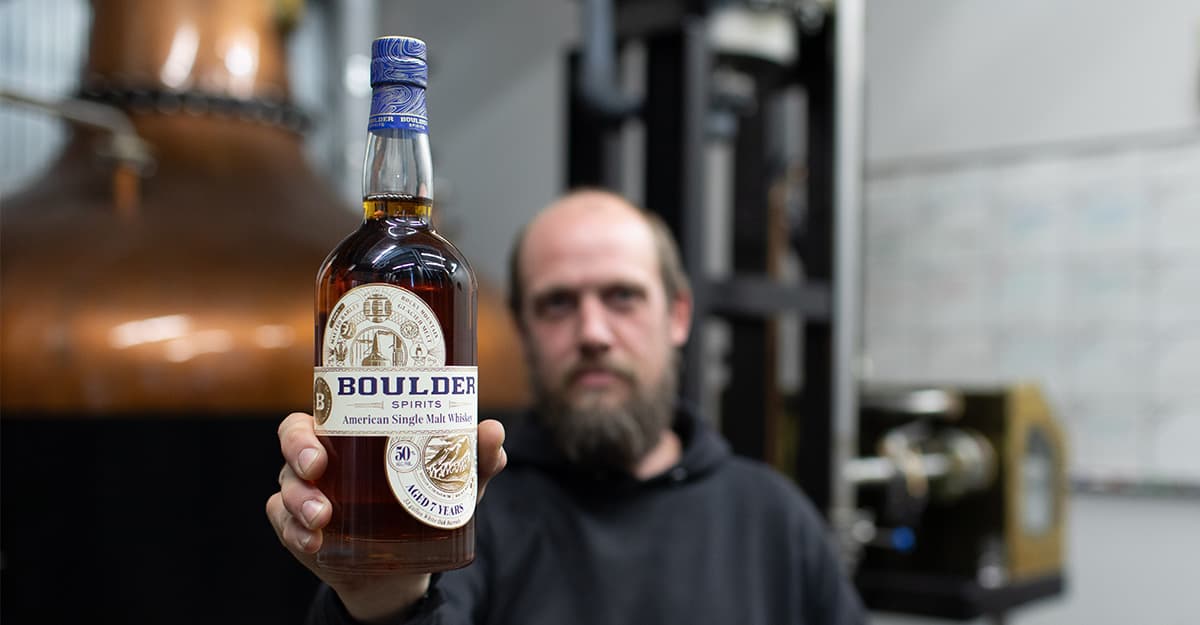
In this clip from his video course, Boulder Spirits distiller Justin Baier shares several details about how they age, evaluate, blend, and proof down different barrels of single-malt whiskeys, as well as how they finish some in different kinds of casks.

Recent barley reports and new recommended varieties offer distillers and brewers some welcome assurances and a glimpse of the future, including barleys better suited to nontraditional growing areas.
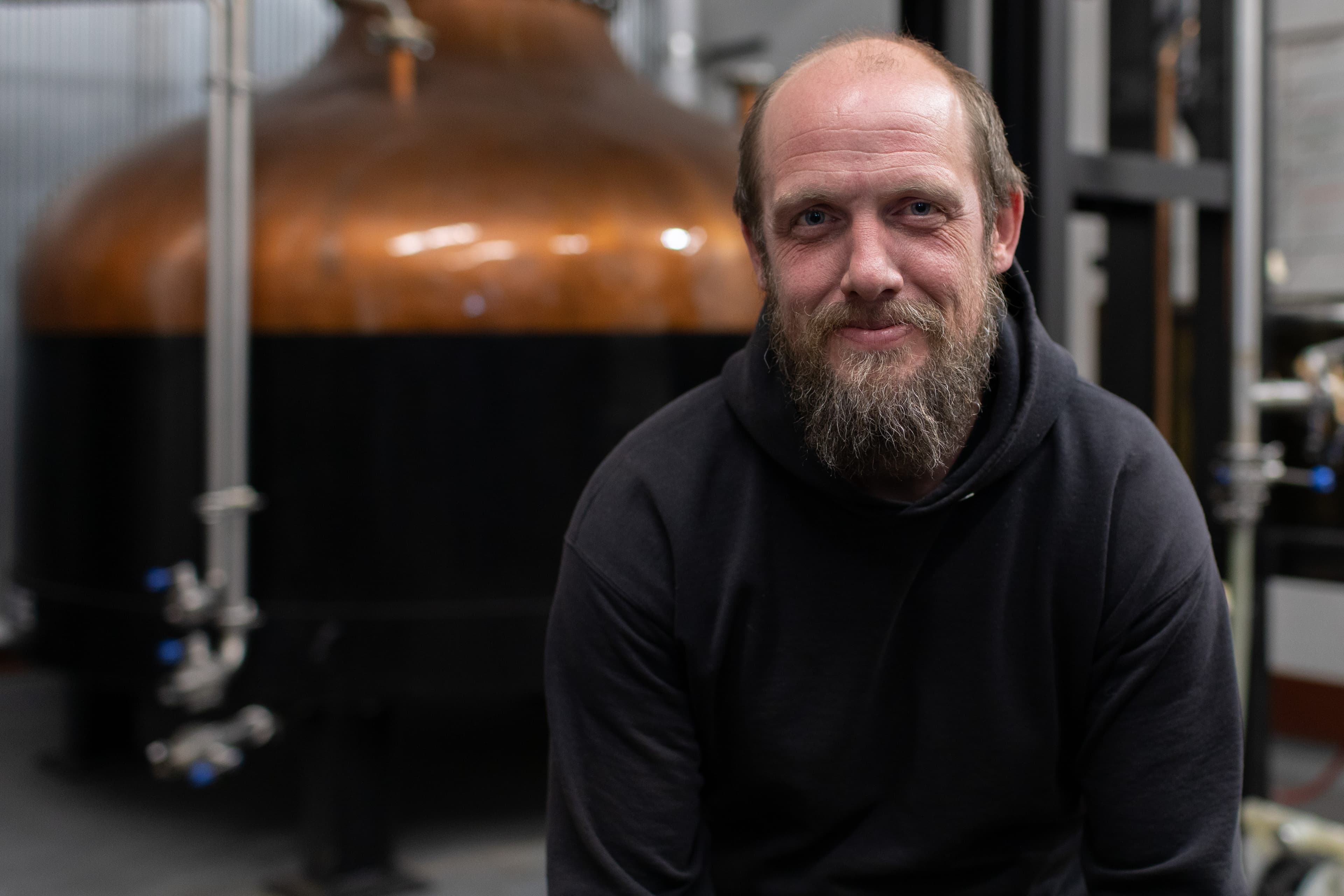
Distiller Justin Baier walks us through the details and numbers of mashing and fermenting a wash for single-malt whiskey at Boulder Spirits—including what sets the process apart from brewing beer.

In the second of two articles looking at a farm-to-bottle relationship between distiller and farmer—in their own words—Jason Cody of Colorado Malting discusses the challenges and benefits of growing and malting characterful grains on a small scale. As told to Ryan Pachmayer.
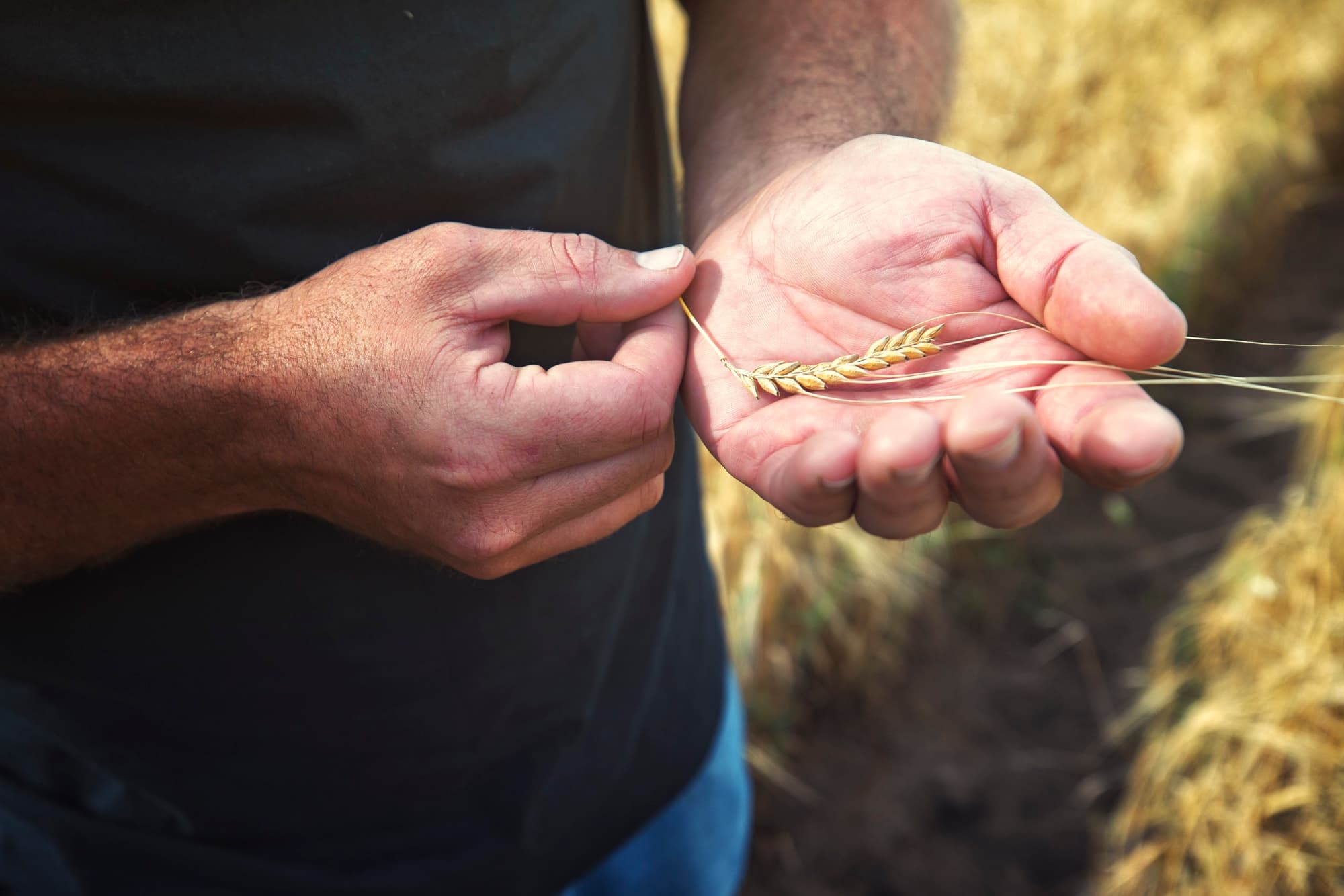
Founded in 2011, Laws Whiskey House in Denver has built its award-winning bourbons and ryes on Colorado-grown heirloom grains. Here, in the first of two articles—the next from the farmer’s perspective—founder Al Laws discusses how these crops shape the character of their “dirt-to-glass” spirits. As told to Ryan Pachmayer.